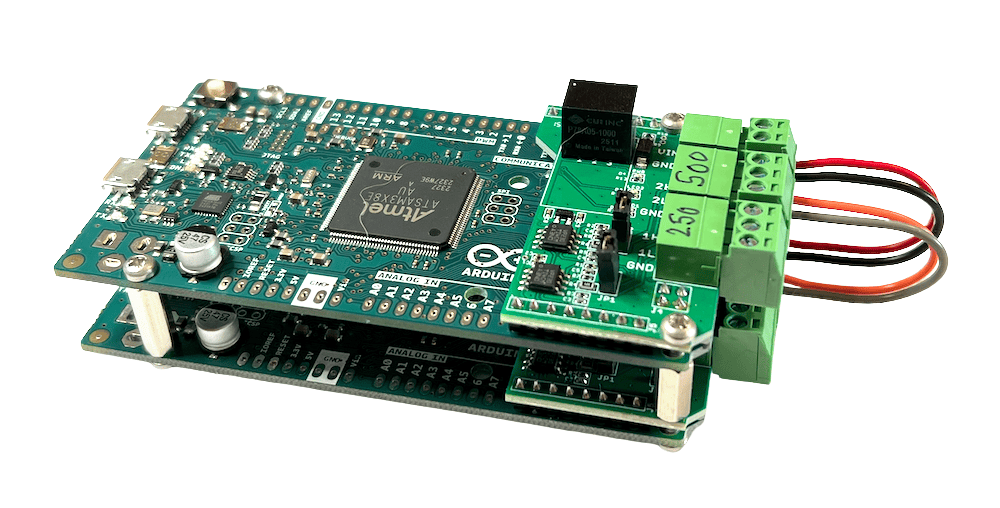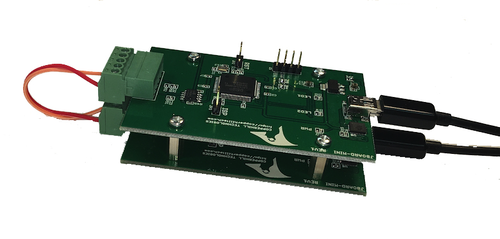Blog
Recent Posts
SAE J1939 250k/500k Baud Rate Converter – Bridge Between Different CAN Bus Speeds
Posted by on
 In modern heavy-duty vehicles and industrial machinery, the SAE J1939 protocol has become the communication backbone for engine, transmission, and diagnostic systems. However, as technology evolves, a challenge often arises: older systems communicate at 250 kbit/s, while newer ones use 500 kbit/s. Integrating devices across these two speeds can be problematic without the right interface.
In modern heavy-duty vehicles and industrial machinery, the SAE J1939 protocol has become the communication backbone for engine, transmission, and diagnostic systems. However, as technology evolves, a challenge often arises: older systems communicate at 250 kbit/s, while newer ones use 500 kbit/s. Integrating devices across these two speeds can be problematic without the right interface.
The SAE J1939 250k/500k Baud Rate Converter from Copperhill Technologies offers an elegant solution. It enables seamless communication between 250 kbit/s and 500 kbit/s networks, allowing older and newer J1939 devices to exchange data without software changes or complex rewiring.
Key Features and Benefits
Dual CAN ports: One side fixed at 250 kbit/s, the other at 500 kbit/s, covering the most common mismatch scenario found in diesel engines, ECUs, and dashboards.
Wide input voltage range: Accepts 7 to 32 volts DC, making it ideal for mobile, marine, and industrial environments.
Plug-and-play operation: No programming required — connect the two CAN networks, apply power, and the converter manages the data exchange automatically.
Selectable termination resistors: On-board jumper settings allow easy configuration to match your network’s topology.
Installation Notes
When connecting an engine to a dashboard, remember that most dashboards operate in Silent or Listen-Only mode. In that case, use the extended version of the converter.
The wiring diagram typically assumes that the dashboard is connected on the 500 kbit/s side. If your dashboard instead runs at 250 kbit/s, move the wire jumpers accordingly. Always connect the engine, dashboard, and power only to the upper board for proper functionality.
Troubleshooting Tips
-
If one side of the converter shows no activity, confirm that the device connected there is actively transmitting. Silent-mode devices do not send data and may require the extended converter version.
-
Check the termination jumpers. If both ends of your network already have termination resistors, disable them on the converter. If the converter links only two devices, enable termination on both sides.
-
Verify that your system operates within normal temperature and voltage limits to maintain stable communication.
When to Use the Converter
This converter is invaluable whenever mixed-baud J1939 networks must coexist — for example, retrofitting new dashboards into older vehicles, integrating third-party sensors into OEM systems, or connecting diagnostic tools across different communication speeds. Instead of reprogramming ECUs or redesigning wiring harnesses, the converter bridges the gap instantly and reliably.
Conclusion
The SAE J1939 250k/500k Baud Rate Converter simplifies complex network integration by providing a direct bridge between two communication speeds. It reduces engineering effort, ensures reliable data flow, and allows both legacy and next-generation components to operate together seamlessly — a small device that solves one of the most common challenges in CAN-based vehicle and equipment design.
SAE J1939 Starter Kit and Network Simulator
Our SAE J1939 Starter Kit is designed to allow the experienced engineer as well as the beginner to experiment with SAE J1939 data communication without the need of connecting to a real-world J1939 network, i.e. a diesel engine. It may sound obvious, but in order to establish a network, you need at least two nodes, and that fact applies especially to CAN/J1939 where the CAN controller will basically shut down after transmitting data without receiving a response. For that reason, our jCOM.J1939 Starter Kit and Network Simulator consists of two J1939 nodes, namely our jCOM.J1939.USB, an SAE J1939 ECU Simulator Board with USB Port.
 Loading... Please wait...
Loading... Please wait...

